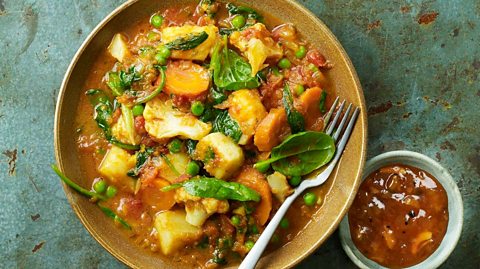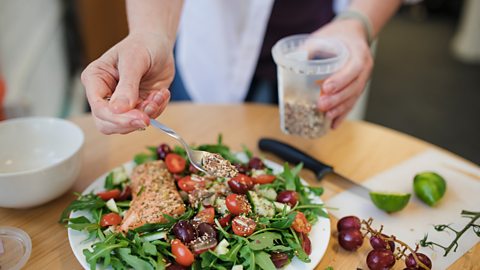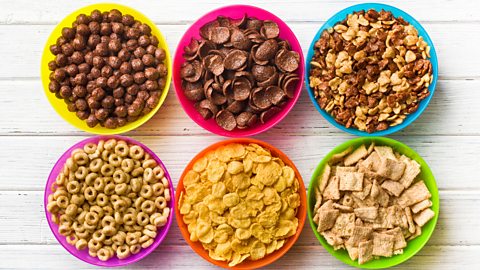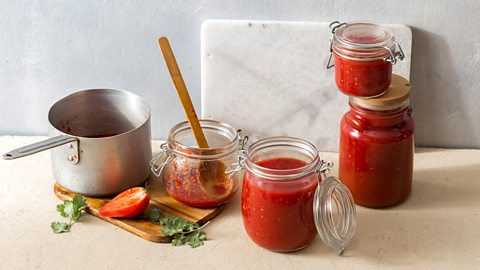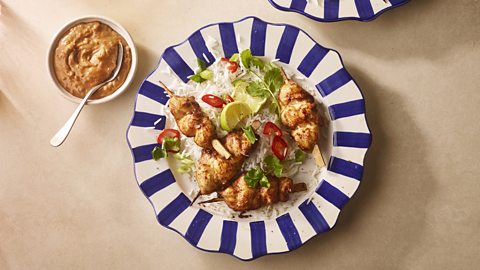Is it possible to do a plastic-free food shop?
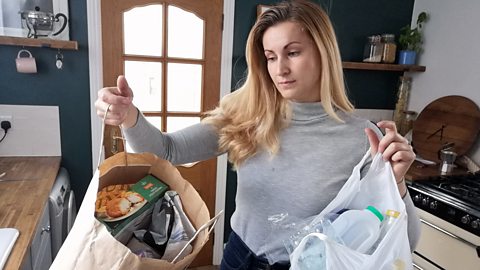
“Foiled again”, I think, opening yet another cardboard box with a shiny, metallic plastic bag inside. It’s day one of my plastic-free food shopping challenge, and it already feels doomed.
Why so negative? Stress. Driving back from the supermarket, I put my loose fruit and veg on the back seat. Thrill-seeking is one thing, but my feet being surrounded by oranges after breaking at traffic lights was a step too far.
I wanted to see if I could reduce or eliminate plastic without making my shop feel more risky, cost more or take extra time. Here’s what I learned…
Find supermarkets that use less packaging
I couldn’t buy loose vegetables in the three ‘express’ shops near my house. A larger supermarket, where I do my weekly shop, supplied me with tins and a handful of fruit and veg, but no meat, fish or dairy. This quickly started turning into a treasure hunt.
Consumer organisation Which? published a review in 2019 of how much of the UK’s supermarket packaging is recyclable and what supermarkets have pledged to change. I guessed the ones with the most recyclable packaging would have the most loose fruit and veg (conscious some have made changes since then).
It was a 13-minute drive to the supermarket I chose, so it’s lucky I have a car. If I had taken the bus it would have taken 40 minutes, half of that on foot. But I got a good haul of fruit and veg, though I couldn’t buy loose leafy greens such as spinach and kale, or fresh herbs (luckily, my local greengrocer stocked me up).
There was a meat and fish counter at the back of the supermarket too – but how would they react to my requests to make the purchases plastic-free?
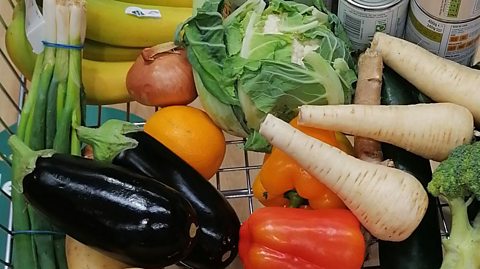
Don’t be embarrassed about asking for help
Talking to (a.k.a pestering) people to sell you food without plastic, whether at a supermarket counter, butcher, fishmonger or market, may sound embarrassing, but I quickly discovered they wanted to help. They happily filled my reusable containers, so I didn’t have raw sausages rolling about in the car (to add to those oranges!).
Plan meals not ingredients
If you rigidly stick to a shopping list, you might need to be more flexible to avoid plastic. Think about the meals you want rather than what’s in them. You can make soup, pie, chilli, curry, stew and a stir-fry with lots of difference veg. Of course, it helps if you have a well stocked storecupboard.
Root vegetables and squashes can be found without plastic. Citrus fruits and bananas are easily come by too. But remember (have I mentioned this already?), once you’ve got your loose haul, never, ever put it on the car’s back seat.
Stock up on plastic-free dairy
Between daily porridge, coffees and baking, I use a lot of milk. The average person drinks just under a litre of semi-skimmed per week. With some milks and dairy alternatives, you can switch from plastic bottles to cartons, but they still contain plastic. In some areas milk is delivered in recyclable glass bottles, and you can fill up bottles at a number of farm or no-waste shops. But both these options are more pricey than supermarket milk. I tried adding water to a tin of evaporated milk – it isn’t as bad as it sounds and tastes great in porridge!
I splurged on Cheddar in wax from the cheese counter. Yoghurt in a small glass pot was too expensive, but I considered making my own.
Butter not wrapped in ‘mixed materials’ including plastic (which looks like foil but isn’t) is hard to find outside a farm shop. On day seven I located some wrapped in paper, but there was little else I needed from that shop, so I stocked up for a month.
You have to search for pasta and rice
Have you ever seen no-plastic pasta in a supermarket? Me neither. I made tagliatelle using flour and egg, but if you need pasta quickly it’s worth stocking up in a ‘scoop your own’ shop. If there’s none available, potatoes are your best friend – I even used them in place of pasta for a carbonara. It was good, but odd. I bought rice in a cardboard box, but it was at least twice the price of a plastic bag per gram.
Coffee and tea can be pricey
Most ground coffee comes in a foil-looking plastic bag. You can get it in a paper bag from a roastery or delivered online, at a price. I can’t go without coffee, so I splashed out at a no-waste shop. Cocoa powder for hot chocolate can be found sold in paper and cardboard.
As a nation of tea lovers, it’s crucial to find a reliable plastic-free teabag and packaging. I drank tea that I thought was plastic-free, but at the end of the week I discovered the bags are sealed with polylactic acid (PLA), which some consider a single use plastic. Some brands use a cotton stitch to seal bags, or you can get ‘bag your own’ loose tea at no-waste shops. The loose tea I bought from a supermarket was wrapped in reflective silver plastic inside the carboard box.
Look carefully at storecupboard jars
My salt, spices and dried herbs, as well as pretty much every condiment from ketchup to kimchi, is packaged in plastic. Even where they come in glass bottles, check the label is made of paper and there isn’t a plastic wrap around the lid. I found salt in a cardboard box, and started flavouring meals with mustard, stock cubes and fresh herbs. But I badly needed to spice things up! I decided to make kimchi, but couldn’t get the key Korean chilli spice without plastic. Thankfully, I realised loose garlic and ginger is easy to find in many larger supermarkets and grocers.
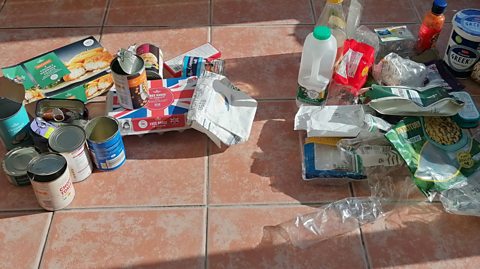
It’s hard to buy healthy frozen food plastic-free
I couldn’t find frozen fruit or veg plastic-free, and most frozen foods in cardboard boxes appeared to be ultra-processed. While a plain fish fillet is sold in plastic, I found it breaded or battered in cardboard. I ended up with fish fingers, secretly smug my fish finger wrap made the cut!
Yes you can have sweets and treats!
Now we’re talking – my favourite chocolate is wrapped in foil and paper. There are a few sweets available in cardboard, and some large shops have pic‘n’mix sections. But if you want a biscuit, you might have to make your own or go to a bakery.
Can I continue it?
A few years ago, bringing your own bags to a supermarket was considered odd. In my plastic-free week, people were mostly helpful. The checkout assistant gave me an exasperated look when I handed back a plastic band from my spring onions, but they were still friendly.
Yes, shopping plastic-free took more time than my usual food shop and ruled out a lot of food. But my shop was healthier. It was easy to buy fresh fruits, vegetables and protein, including animal and vegetable. I can only see positives for my diet… although I missed eating more different chocolate bars!
The bill? Shopping plastic-free initially looked more expensive, but I brought it down to my usual budget by reducing my meat consumption from three times a week to two and making other swaps, including from pasta and rice to spuds and root veg.
To find out more about the impact of plastic on the environment, watch BBC One’s War On Plastic or listen to Sir David Attenborough.
